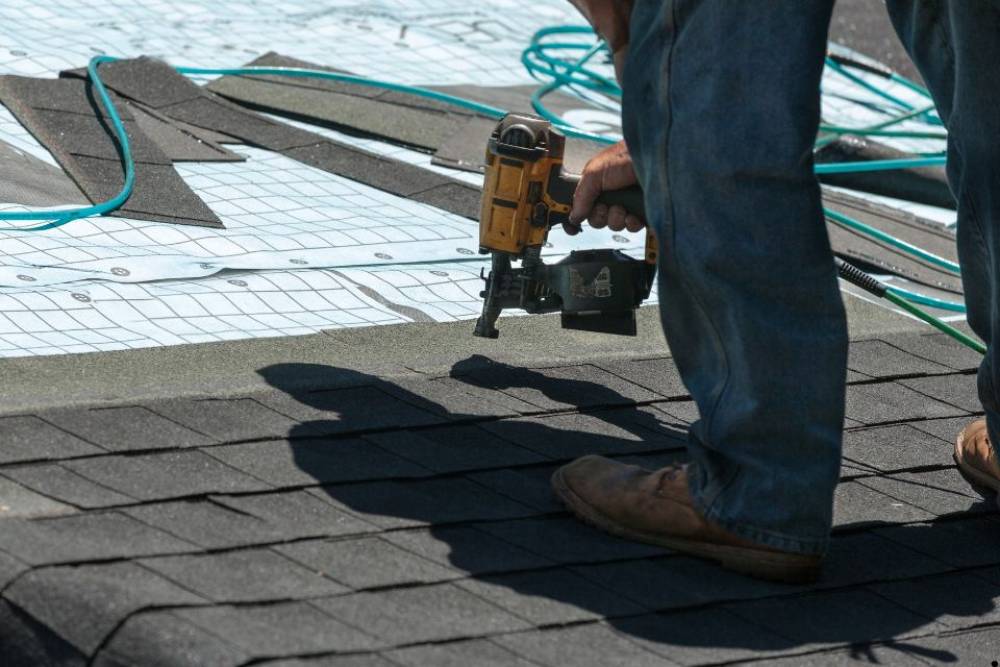
Roof Replacement Services: Understanding the Timeline from Start to Finish
Replacing a roof is a significant home improvement project that can enhance the aesthetic appeal of your house, improve energy efficiency, and increase property value. Understanding the timeline for a roof replacement can help homeowners prepare for this undertaking and ensure that everything runs smoothly. Various factors influence the project's duration, including the size and type of the roof, weather conditions, and the roofing contractor’s schedule. We will explore the various phases involved in the roof replacement process, from initial assessment to replacement, providing homeowners with a clear understanding of what to expect during this journey.
Initial Assessment and Planning
The first step in the roof replacement process by Legacy Roofing And Contracting near Crowley involves an initial assessment conducted by a roofing contractor. During this stage, the contractor will examine the existing roof to determine its condition, identify any underlying issues, and evaluate the extent of the replacement required. This assessment typically takes one to two hours, depending on the complexity of the roof structure. Following the inspection, the contractor will present a detailed report that outlines the necessary work, estimated costs, and timeline.
Homeowners should use this opportunity to ask questions and clarify any uncertainties regarding the materials to be used, the scope of the project, and the payment schedule. Selecting the right roofing materials is crucial, as they can significantly affect the durability and appearance of the new roof. Options range from asphalt shingles to metal roofing, each with advantages and drawbacks. The planning stage is also an excellent time for homeowners to check local building codes and regulations, ensuring that the planned work complies with all legal requirements. This phase may take a few days to a week, depending on the contractor's availability and how quickly the homeowner can make decisions.
Scheduling the Replacement
Once the initial assessment is complete and the homeowner has chosen a contractor and materials, the next step is scheduling the replacement. The timeline for this phase largely depends on the contractor's workload and the season. Roof replacements are typically more common in spring and summer due to favorable weather conditions. Contractors may have a waiting list during peak seasons, leading to delays in starting the project.
When scheduling, it’s essential to consider the potential for weather-related disruptions. Rain, snow, and extreme temperatures can delay the start and progression of the project. Homeowners should also prepare for potential delays by maintaining flexibility in their schedules. Based on the contractor's current commitments and weather conditions, the scheduling phase may take anywhere from one week to several weeks. Communication between the contractor and the homeowner is vital during this period to set realistic expectations and avoid misunderstandings.
Preparing the Site
Before work begins, proper site preparation is necessary to ensure a safe and efficient roof replacement process. This phase usually occurs on the day before the actual replacement begins. The contractor will arrange to remove old roofing materials, which may involve dumpster placement for debris disposal. Additionally, they will protect landscaping and outdoor furniture to prevent damage.
If the project involves multiple stories or complex roof designs, additional safety measures, such as scaffolding or safety harnesses for workers, will be implemented. Homeowners may need to relocate their vehicles and ensure pets are kept indoors or in a safe area. This preparation phase typically lasts a few hours to a day, depending on the size of the home and the extent of the roof replacement. Being proactive during this phase can contribute significantly to the project's overall efficiency, helping ensure a smooth transition into the actual replacement work.
The Replacement Process
The actual roof replacement process can take anywhere from a few days to a week, depending on various factors such as the size of the roof, weather conditions, and the complexity of the installation. During this phase, the old roof will be stripped down to the decking, allowing the contractor to inspect the underlying structure for damage or rot. Additional repairs may be necessary before proceeding with the new roofing material if issues are found.
Once the preparation is complete, the installation of the new roofing material will begin. This process includes laying down underlayment, installing flashing around chimneys and vents, and finally, putting on the new roofing material. Homeowners should expect some noise and activity during this time as crews work diligently to complete the job efficiently. It's important to maintain open lines of communication with the contractor to address any unexpected issues that may arise during installation. The replacement phase is critical, and diligent work during this time will ensure the longevity and effectiveness of the new roof.
Understanding the timeline for roof replacement services helps homeowners confidently navigate the process. From the initial assessment to the replacement process, each stage plays a vital role in ensuring the project is completed successfully and efficiently. Effective communication with the contractor and careful planning is crucial to addressing any challenges arising during the process. By being informed and prepared, homeowners can enhance their property's value and protect their investment for years. Overall, being aware of the steps involved in roof replacement equips homeowners with the knowledge they need to make informed decisions, ultimately leading to a successful roofing project.

